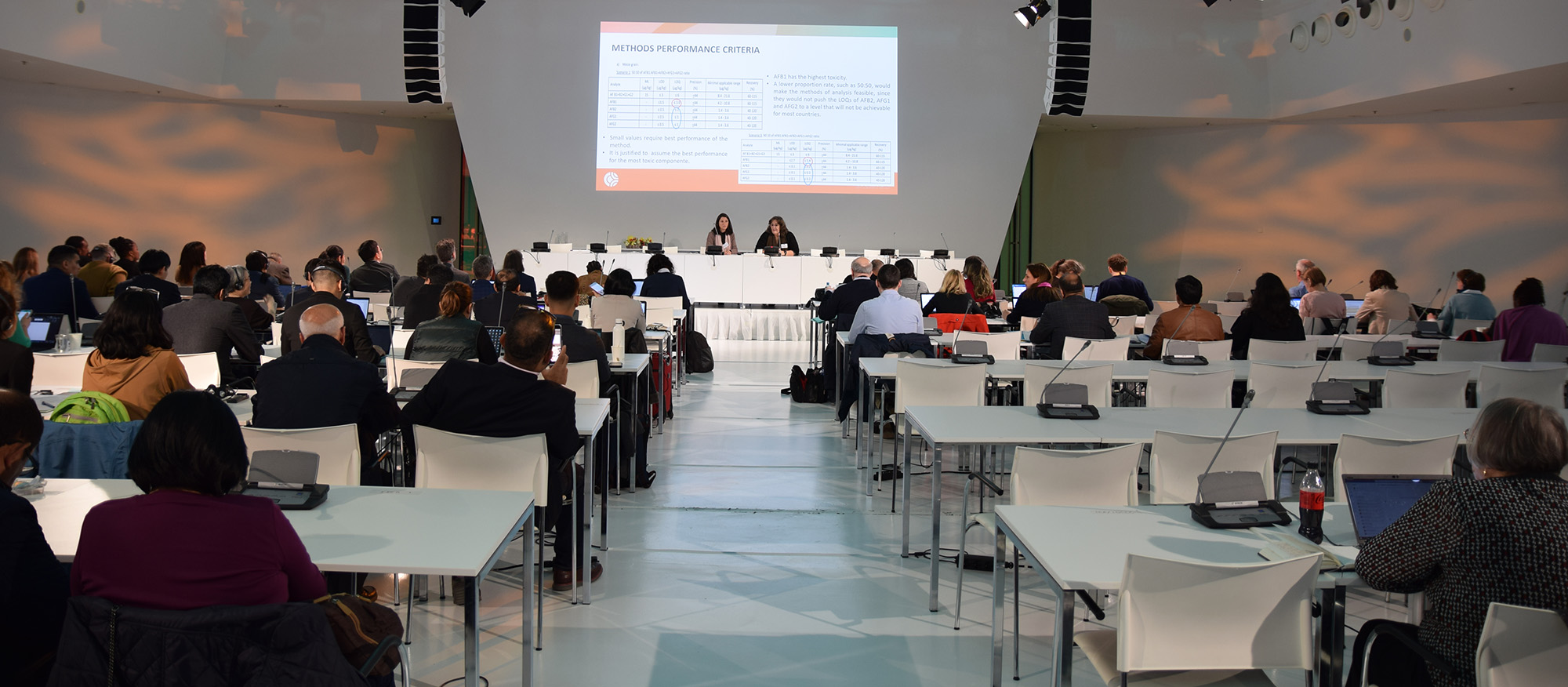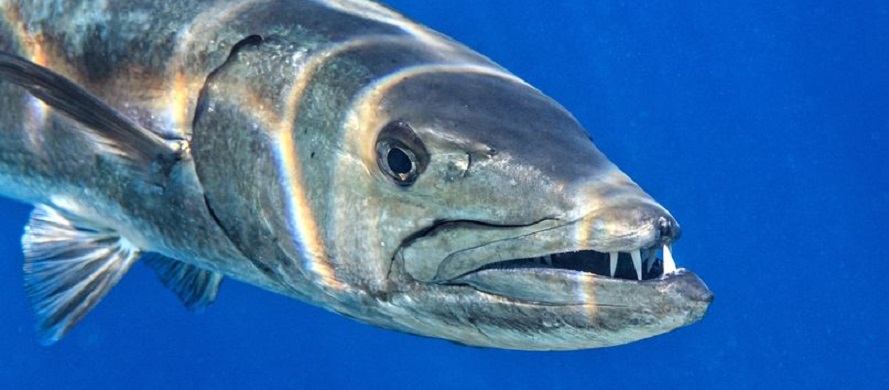Contaminants are substances that have not been intentionally added to food.
Food production processes can lead to substances entering the food at any moment: during manufacturing, handling, storage, processing or distribution.Contaminants can also enter the food from the environment. The presence of such substances in food must be monitored carefully to avoid contamination affecting the quality of the food or making the food unsafe.
The role of Codex in Contaminants
The Codex maximum level (ML) for a contaminant in a food or feed commodity is the maximum concentration of that substance recommended by the Codex Alimentarius Commission to be legally permitted in that commodity. As many contaminants occur naturally it would be impossible to impose a zero limit on these substances. To protect human health Codex works to keep these levels as low as possible based on sound scientific evidence.
The Codex Committee on Contaminants in Food (CCCF) establishes and endorses permitted maximum levels or guideline levels for contaminants and naturally occurring toxicants in food and feed. It also prepares priority lists of contaminants and naturally occurring toxicants for risk assessment by the Joint FAO/WHO Expert Committee on Food Additives (JECFA).
he CCCF considers methods of analysis and sampling for the determination of contaminants and naturally occurring toxicants in food and feed and develops and elaborates standards or codes of practice for related subjects. It also considers other matters assigned to it by the Commission in relation to contaminants and naturally occurring toxicants in food and feed.
 Key facts
Key facts
- Contaminants are substances that have not been intentionally added to food
- Contaminants can be present in food as a result of the various stages of production, packaging, transport or storage. They can also result from environmental contamination
- Codex has established 17 (MLs) for contaminants including mycotoxins (poisonous funghi produced by certain chemical compounds), metals (such as arsenic, lead and mercury) and radionuclides (e.g. in drinking water)
- Codex MLs ensure food does not contain contaminants at levels which could threaten human health
- JECFA meets twice a year to evaluate contaminants in food
CXC 49-2001
Code of Practice Concerning Source Directed Measures to Reduce Contamination of Food with Chemicals
CCCF
2001
CXC 77-2017
Code of Practice for the Prevention and Reduction of Arsenic Contamination in Rice
CCCF
2017
CXC 78-2017
Code of Practice for the Prevention and Reduction of Mycotoxins in Spices
CCCF
2017
CXC 79-2019
Code of Practice for the Reduction of 3-Monochloropropane-1,2- Diol Esters (3-MCPDEs) and Glycidyl Esters (GEs) in Refined Oils and Food Products Made With Refined Oils
CCCF
2019
CXG 92-2019
Guidelines for Rapid Risk Analysis Following Instances of Detection of Contaminants in Food where there is No Regulatory Level
CCCF
2019
CXS 193-1995
General Standard for Contaminants and Toxins in Food and Feed
CCCF
1995
CXS 228-2001
General Methods of Analysis for Contaminants
CCMAS
2001
Showing 1 to 8 of 8 entries
Related Codex text
 News
News

CCCF16 / technical working group sessions underway at Codex contaminants committee







